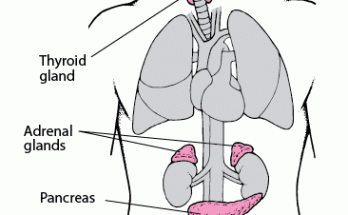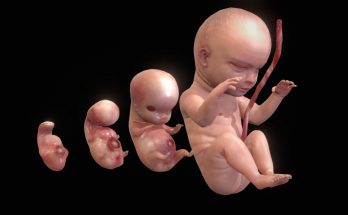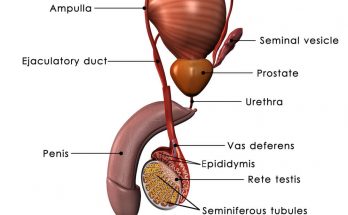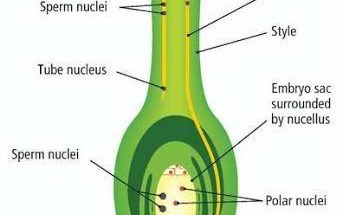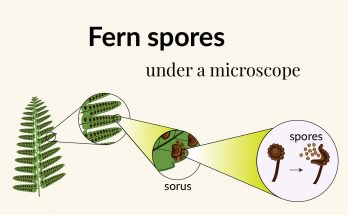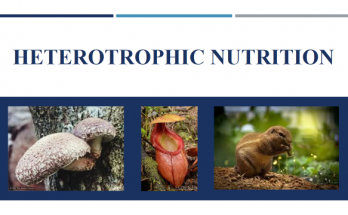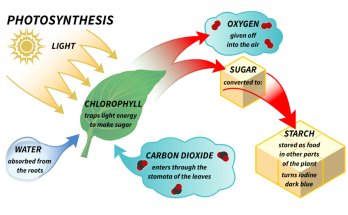The placenta is a disc-like tissue that develops between the uterine wall and embryo allowing the diffusion of nourishment from the mother’s blood to the growing fetus and waste disposal from the fetus to the mother. It receives oxygen, glucose, amino acids, lipids, vitamins, mineral ions and antibodies from the mother’s blood and removes carbon dioxide and urea from the fetal blood. The umbilical cord containing blood vessels connects the placenta to the fetus. It aloows the exchange of nutrients and waste products.
How does the Embryo get Nourishment Inside the Mother’s Body Read More
